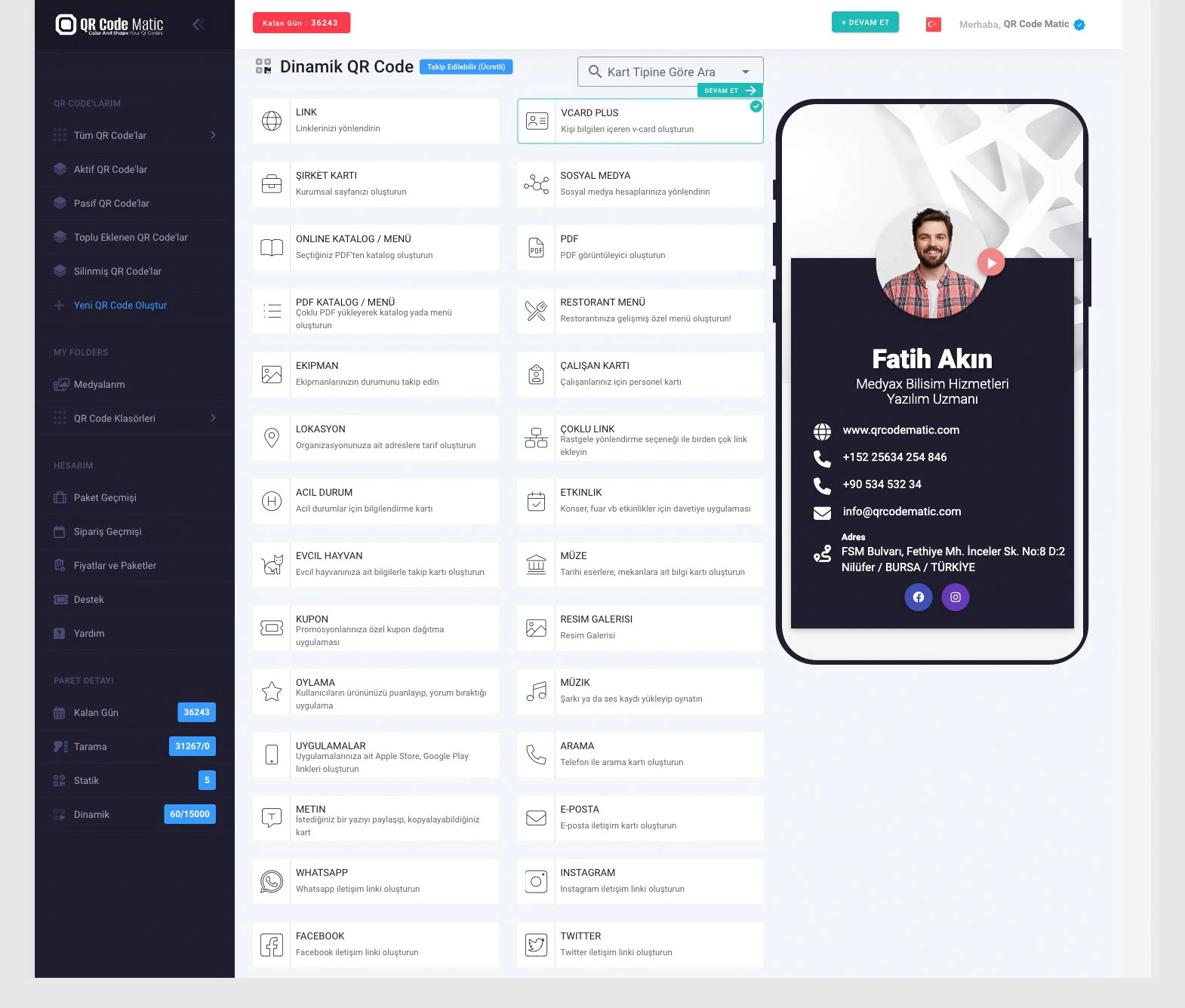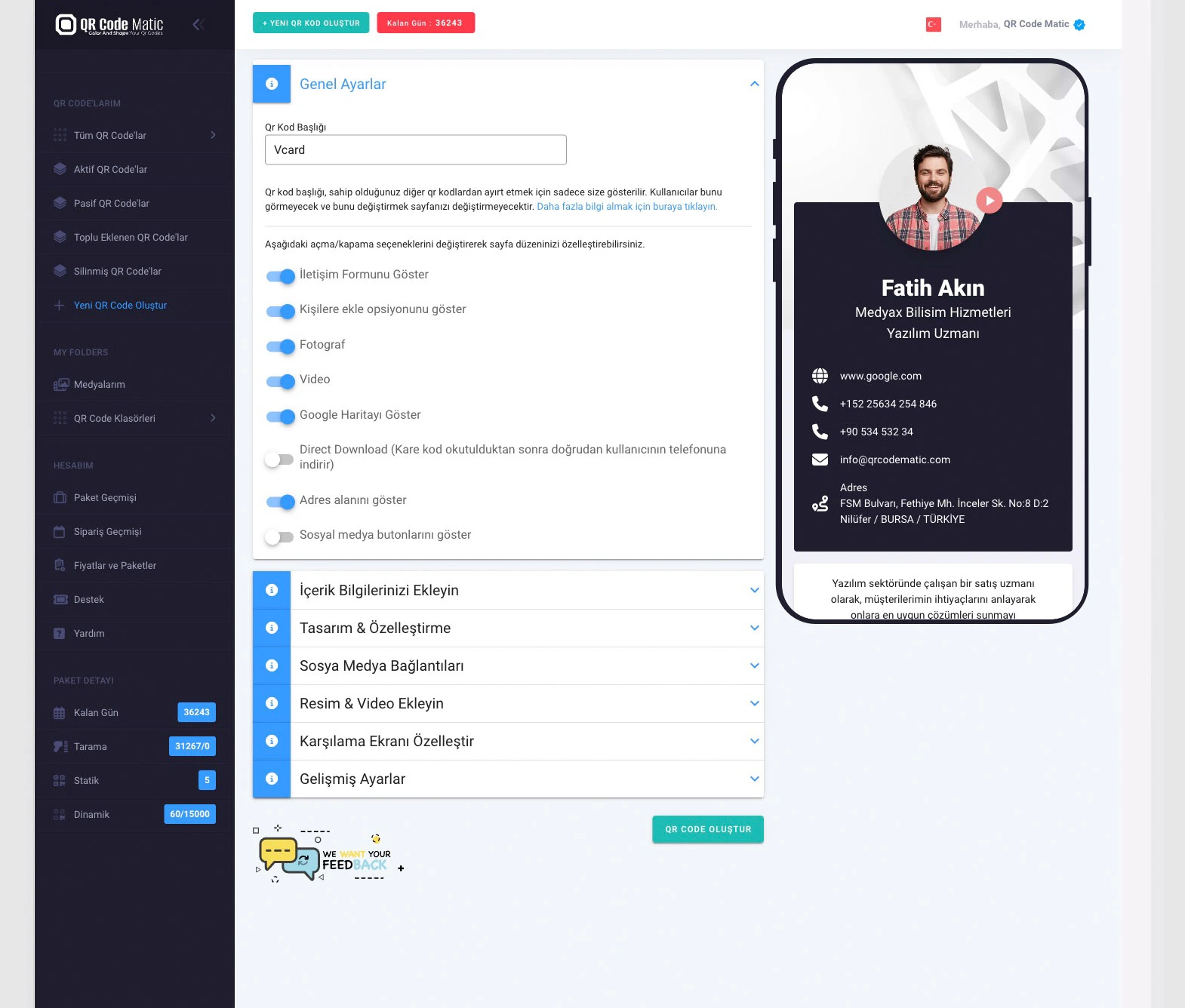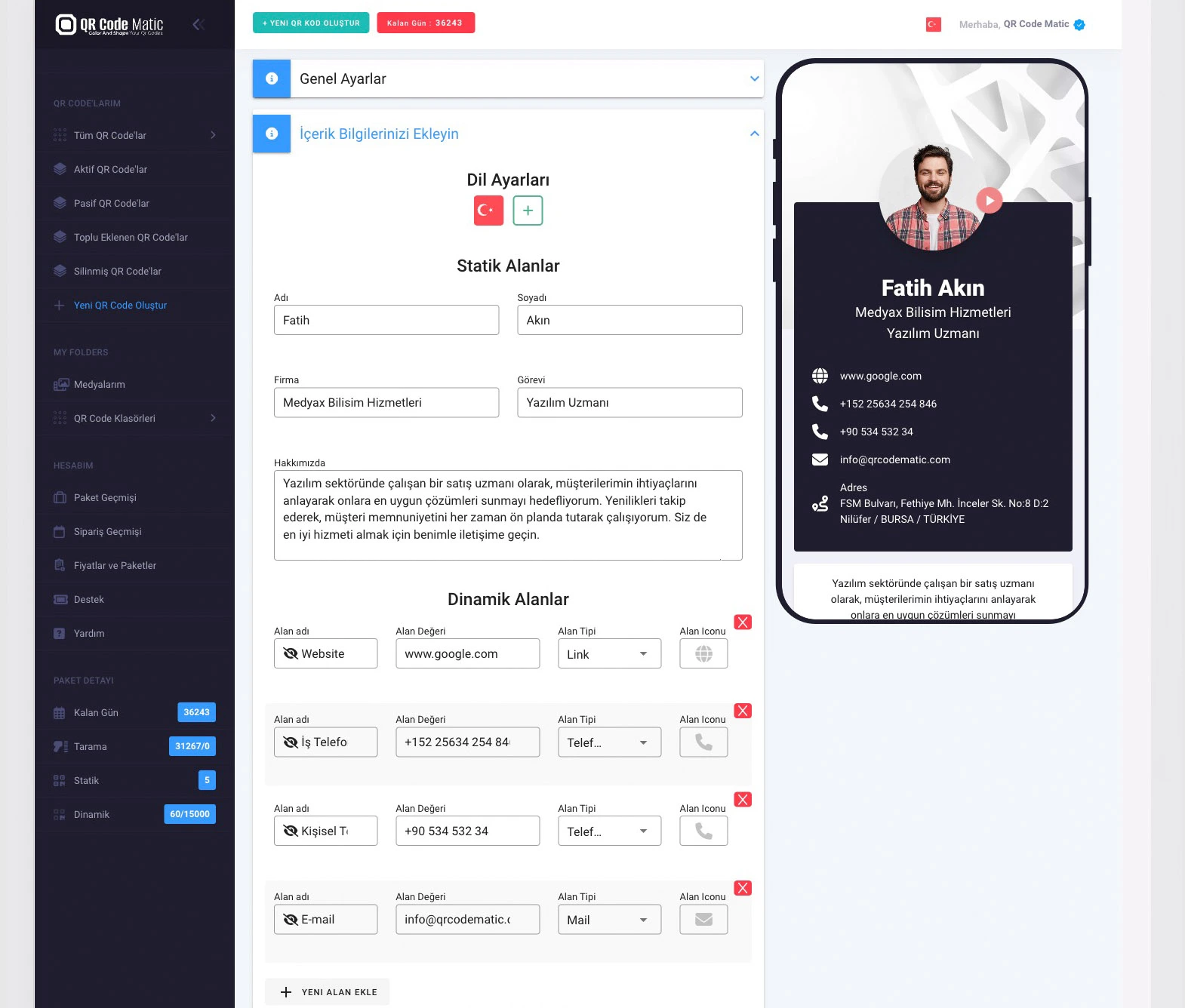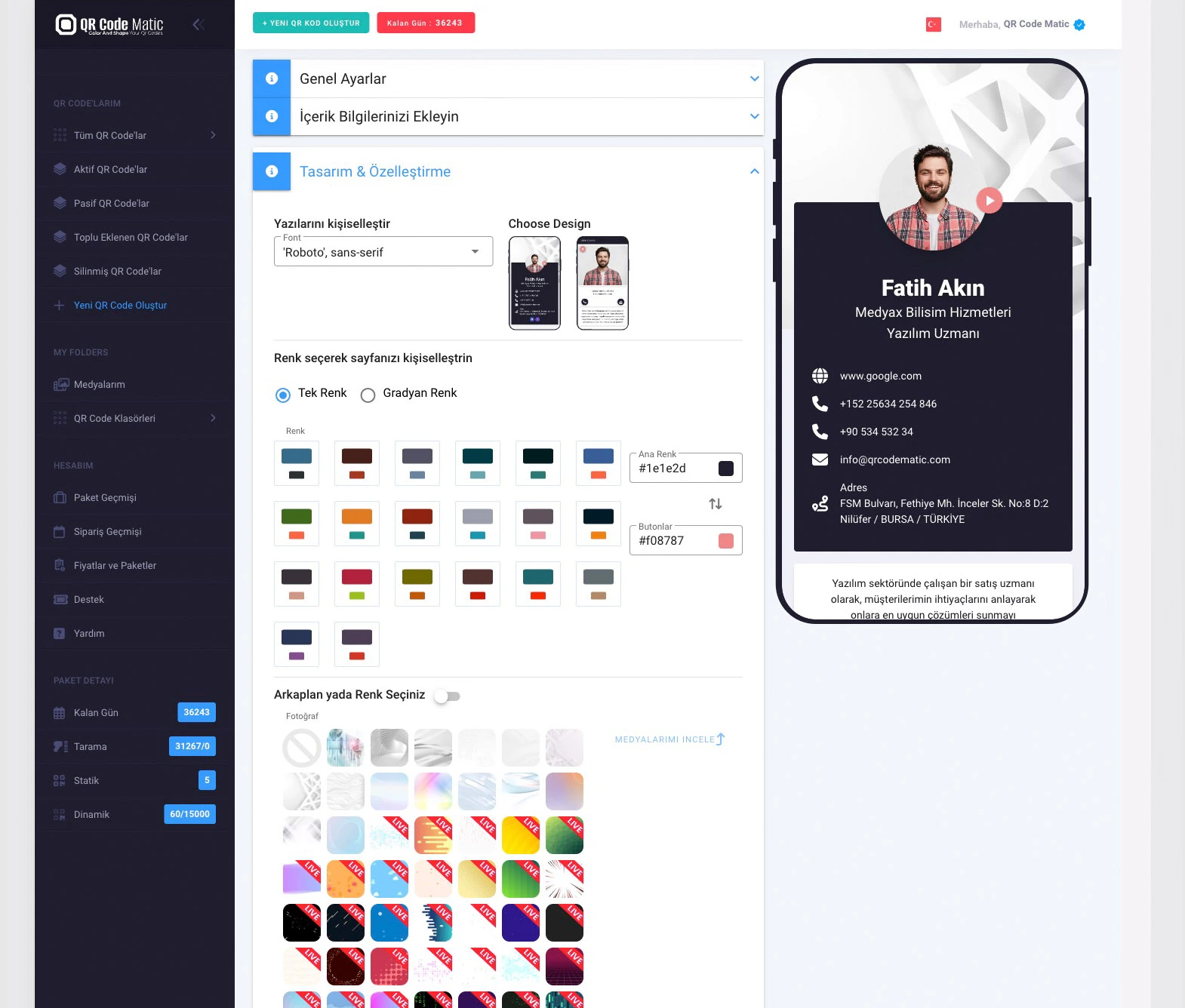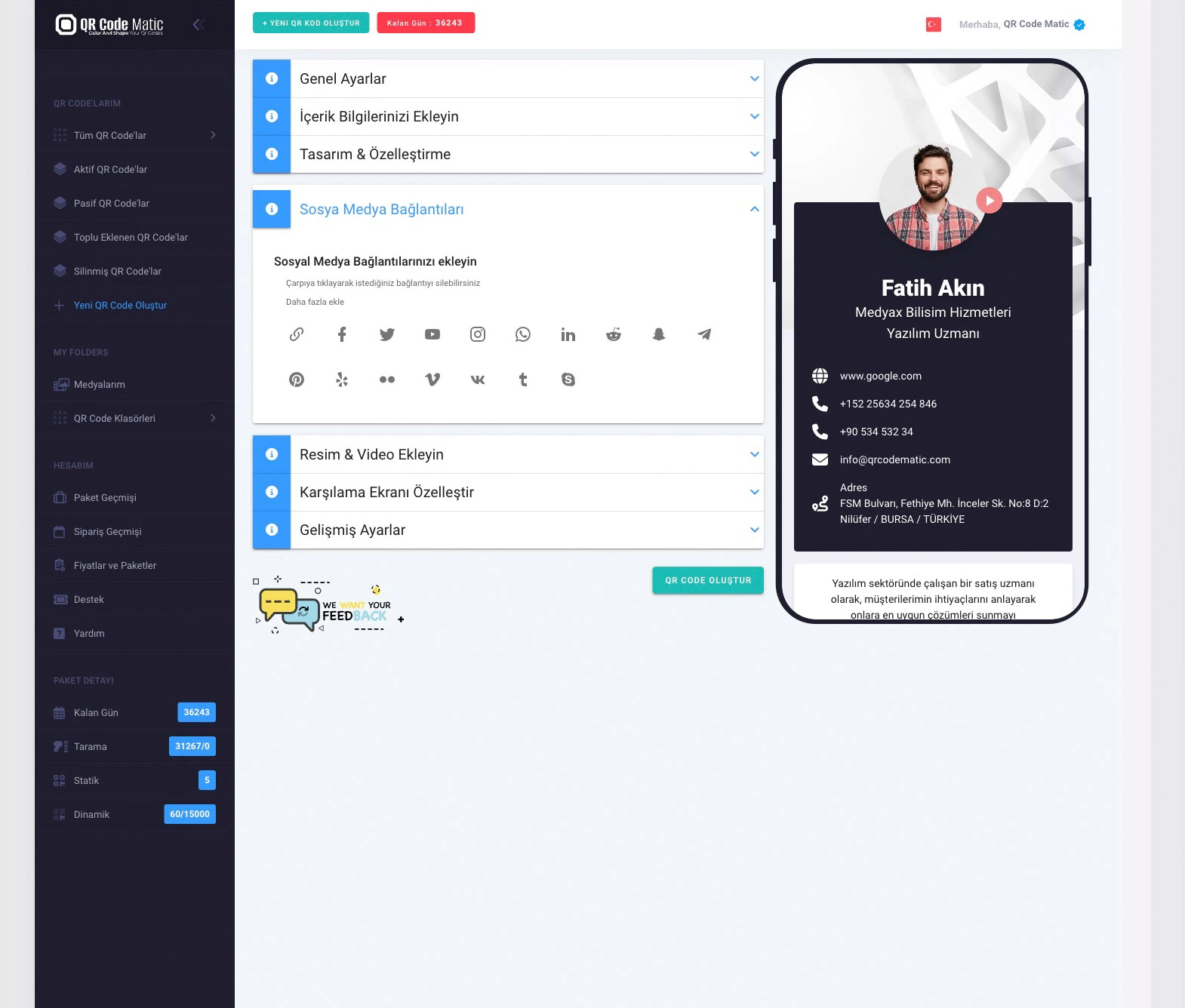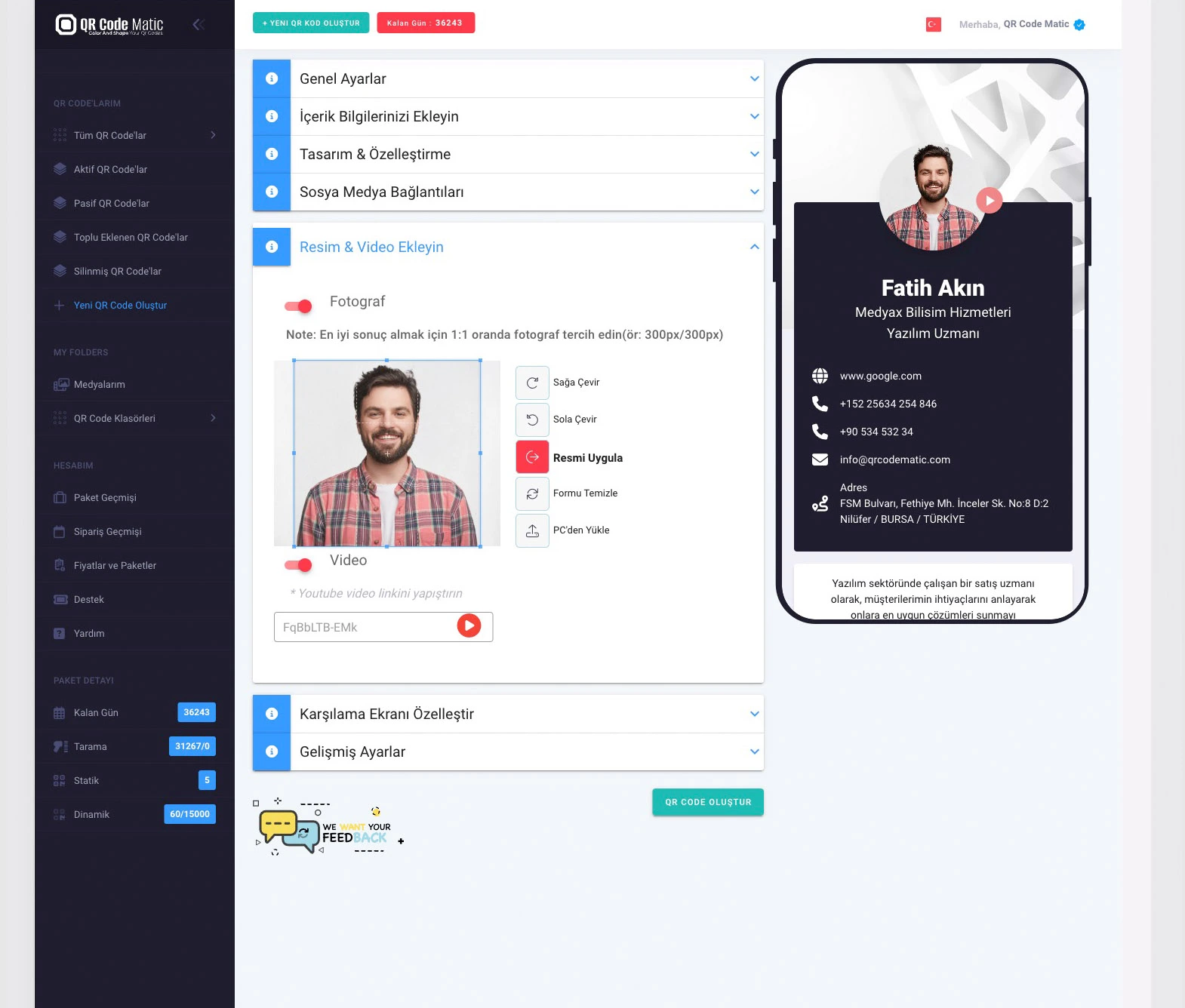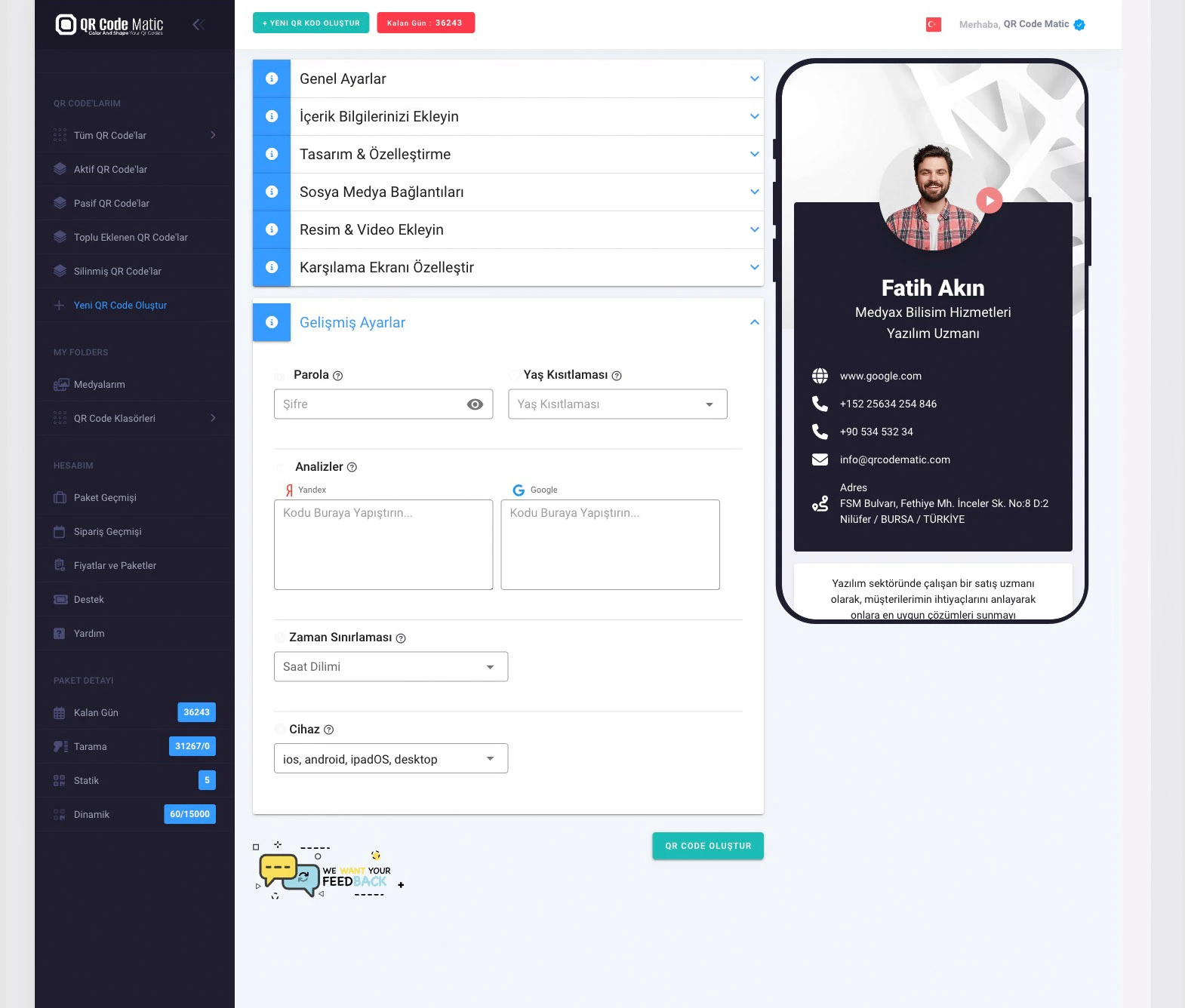QR codes used on the covers and pages of novels and workbooks provide additional value and interaction for readers. These small square codes bridge the gap between physical books and the digital world, enhancing the reading experience and offering new possibilities. Here are some points to consider when discussing QR codes in books:
Additional Content: QR codes found on book covers or specific pages provide readers with access to supplementary content related to the book. This can include author interviews, behind-the-scenes videos, interactive maps, character profiles, or additional materials. QR codes allow readers to delve deeper into the world of the book, enhancing their understanding and enjoyment of the story.
Multimedia Enhancements: QR codes can direct readers to multimedia elements that complement the book's content. This may include audio recordings of the book being read aloud, music playlists that match specific sections, or video clips that provide visual context to the narrative. By scanning the QR code, readers can immerse themselves in a multisensory experience, enriching their reading journey.
Educational Resources: In workbooks, QR codes can be used to provide students with access to educational resources. This could include interactive quizzes, online tutorials, reference materials, or additional practice exercises. QR codes enable students to engage with the content in a more interactive and dynamic way, promoting deeper understanding and facilitating self-paced learning.
Author Communication: QR codes can facilitate direct interaction between readers and authors. By scanning a QR code, readers can be directed to the author's website, social media profiles, or a dedicated forum for discussions and Q&A sessions. This fosters a sense of community and allows readers to connect with the author on a more personal level, cultivating a deeper appreciation for their work.
Book Recommendations and Reviews: QR codes can guide readers to book recommendation platforms or review websites, allowing them to discover similar titles or read reviews from other readers. This helps expand readers' horizons, discover new authors, and make more informed decisions when selecting their next books.
QR codes in books offer an interactive and enhanced reading experience. By bridging the physical and digital worlds, they provide readers with access to additional content, multimedia enhancements, educational resources, and author communication. QR codes transform books into more than just printed pages—they open doors to a broader world of information and interaction.
